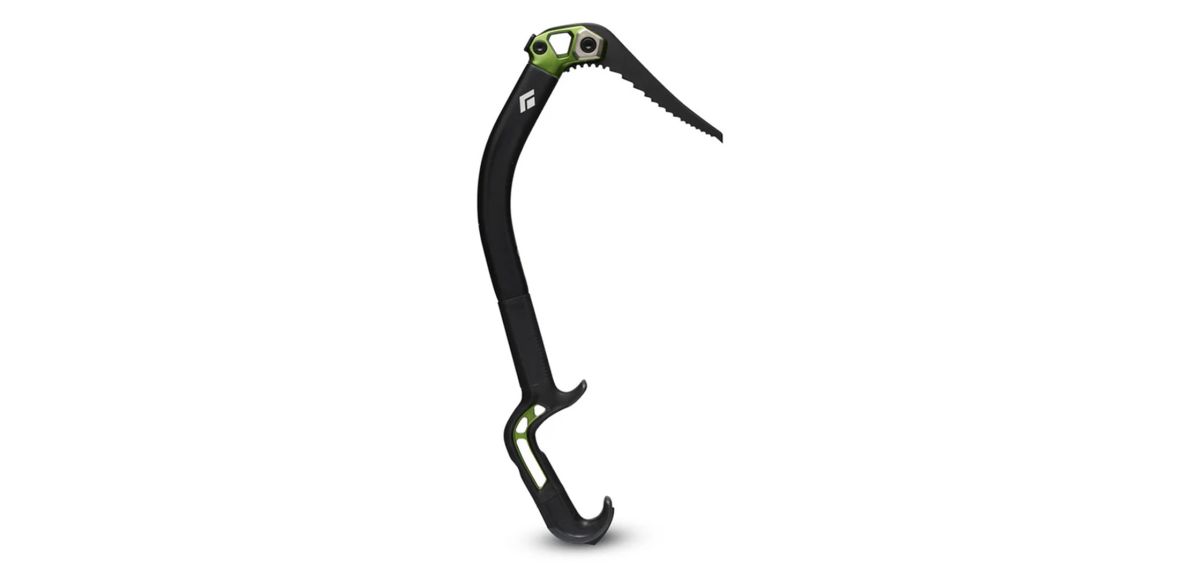
Black Diamond Hydra Ice Tool Review
By Graham Johnson
Black Diamond's historical excellence in ice climbing equipment has (in my opinion) been on the decline for a number of years with the last truly excellent tool being the second generation Cobra which was released around 2010. Black Diamond recognized this and a few years ago started designing and testing their latest ice tool—the Hydra. I was fortunate to be able to climb a little bit on the prototypes and was impressed—impressed enough to purchase them when they finally were released in late 2024. For clarity—I've cycled through all of the top tools from major manufacturers in the past few years—Tech Machine Carbons, then X Dreams were my main tools. I had a brief stint with Dark Machines and then have been solidly a Nomic guy for the past three seasons.
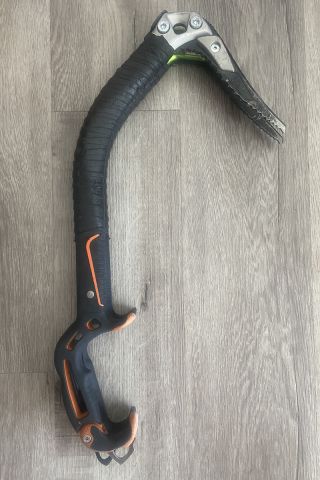
One of the comments you always hear about these tools is ‘it looks just like a Nomic’ or ‘they copied a Nomic’. Were we all saying the same things when every single ice tool came either straight or with a little dogleg at the bottom? For all intents and purposes the Charlet Moser Pulsar looks exactly the same as the Black Diamond Black Prophet and Simond Piranha (Classic 90's tools for you children out there). And all of the straight shaft tools look the same. I think of it more as a convergent evolution of the most efficient shape than ‘they just copied a Nomic’.
The design ethos of the Hydra was to be highly adaptable to all sorts of conditions. As a result, there are a myriad of different picks, hammers, an adze, spikes, head weights... I think I covered all—that are available to customize these tools to the mission or your preference. I did not purchase all the different doodads available—but I did purchase some.
Black Diamond has deviated from their tried and true pick attachment system that they've used for all of their technical tools since the late 80s. This will ruffle the feathers of some old heads, but Black Diamond being locked in to a 40ish year old system was stifling innovation. The new system (called I.C.E—Integrated Component Exchange) is a two bolt system in which head weights must be used to attach the pick. Two sets of head weights are included—lightweight aluminium and super-heavy tungsten. I make the distinction between pick weights and head weights because the BD system has the weights actually on the head of the tool—not down on the pick like just about everyone else does. This is supposed to give a better swing and indeed it is a very natural swing.
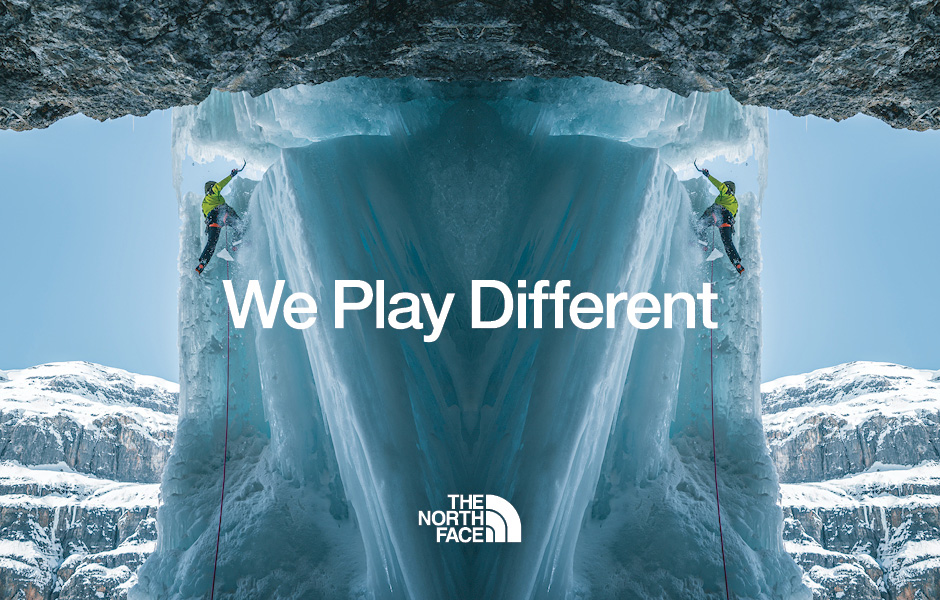
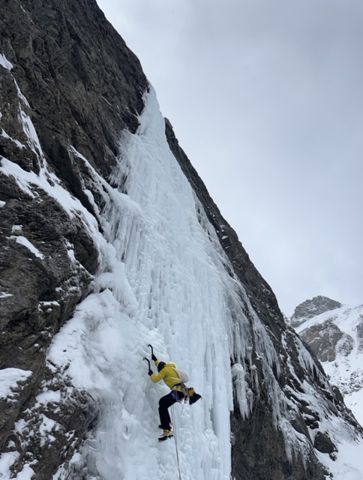
Black Diamond claims 610g for the stock setup—ice pick, micro spike, micro hammer and heavy head weights. In its lightest configuration we're looking at 542g (swapping the heavy head weights for the lightweight ones). That's a little heavier than the Nomic without pick weights (500g, 585 with pick weights) but still climbs well on ice—unlike the Nomic without weights which sucks. I found that the heavyweight head weights was too much—I felt like I was swinging my old Black Prophets and the lightweight head weights were not quite enough. Mixing and matching one heavy and one light seemed about right for most conditions. I was concerned that having a heavy head weight on one side of the tool and lightweight one on the other mean that the tool wouldn't swing true? Never fear—it's not an issue. The hydroformed shaft seems particularly durable—and overall the tool feels more burly (without feeling like a sledgehammer) than the Nomic—which has been plagued (justifiably or not) with reports of breakages. The mostly aluminium handle (for durability) has BD's classic ‘spacer’ system for adjusting the size of the handle which works very well and is more durable than the Petzl pivot system.
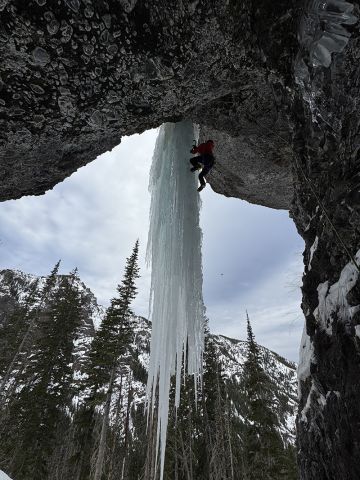
Now that most of the technical stuff is out of the way—how do they perform? Pretty well! This is a very good tool for just about all steep winter endeavours—No one will feel held back by this unless you're dry tooling the roof of some horizontal cave—the geometry isn't steep enough to be excellent at that. With the ice pick (thinnest stock pick on the market at 2.5mm at the tip—if you care about that sort of thing) the sticks are clean and precise. The handle is comfortable and supportive and maybe subtly thicker than the Nomic. It lacks the pronounced (and divisive) index finger bump of the Nomic. But the ice pick did not feel particularly secure on rock. When I switched to the mixed pick I felt better on the rock, but not quite as good on the ice. It's not like things were bad—but many Hydra users have been using after market picks instead of the stock picks for a reason.
But the elephant in the room is whether it's better than the Nomic or not. And while I think this is a very good tool... I think the Nomic still has the edge. I like that the pick weights on the Nomic can be used to crank into different sized cracks and I feel that the standard pur'ice pick is a much better all-around pick than either the Ice or Mixed picks from BD. The shape of the shaft of the Nomic is more comfortable when daggering, the hammer is a little bigger for hammering on pitons—though a bigger and heavier hammer is available. A lot of this is subjective—there's some historical bias here as I've had a pair of Nomics for almost 15 years (I have a current generation pair that I'm using now) and am very used to them. Those coming in without this sort of bias may think this Hydra is the best tool ever.
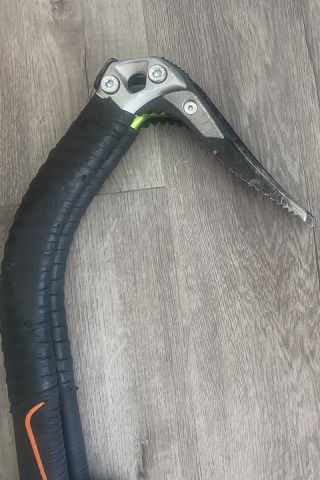
I have two main niggles: Firstly that the picks are too role specific as described above. A better all-around pick is needed, and two, the alpine spike is too far back and impacts your hand when you swing. To be fair, I didn't actually notice it when I climbed with them, but I could certainly feel it when I thought about it. The Nomic spike is a little further forward so that you cannot feel it when swinging. This isn't a huge deal because the supplied micro spike is good enough for plunging and has a hole for threading a cord to clip your umbilical through. In addition, looking at previous tools like the BD green fusion, the spike is even further back and I don't remember complaining about it when I used to climb on those. But now it's in my head and it does bother me.
For all its attributes, when the metal meets the ice I still reach for my Nomics.
4.0 stars